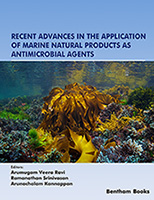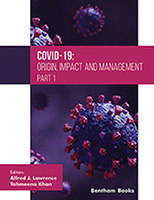Introduction
Frontiers in Clinical Drug Research – Anti infectives
is a book series that brings updated reviews to readers interested in learning about advances in the development of pharmaceutical agents for the treatment of infectious diseases. The scope of the book series covers a range of topics including the chemistry, pharmacology, molecular biology and biochemistry of natural and synthetic drugs employed in the treatment of infectious diseases. Reviews in this series also include research on multi drug resistance and pre-clinical / clinical findings on novel antibiotics, vaccines, antifungal agents and antitubercular agents. Frontiers in Clinical Drug Research – Anti infectives is a valuable resource for pharmaceutical scientists and postgraduate students seeking updated and critically important information for developing clinical trials and devising research plans in the field of anti infective drug discovery and epidemiology.
The seventh volume of this series features these interesting reviews:
- Nucleic acid and peptide aptamers as potential antiviral drugs
- Host-directed, antibiotic-adjuvant combination, and antibiotic-antibiotic combinations for treating multidrug-resistant (mdr) gram-negative pathogens
- Bioactive substances as anti-infective strategies against clostridioides difficile
- Anti-toxoplasma drug discovery and natural products: a brief overview
- Development of antimalarial and antileishmanial drugs from amazonian biodiversity





